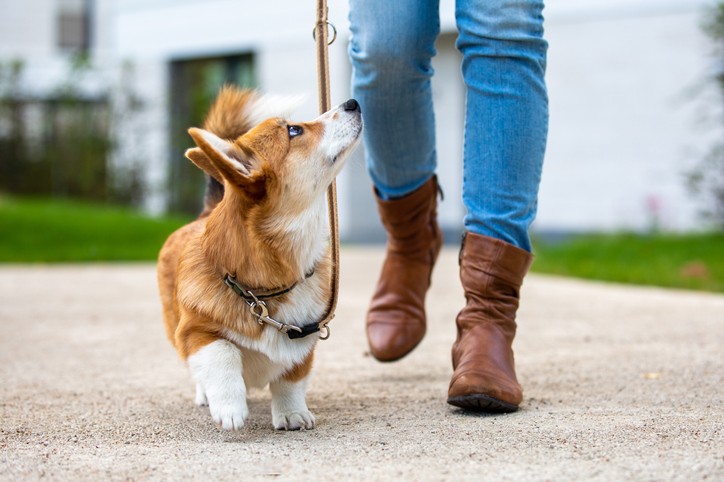
Training Your Dog for Boston’s Busy Streets: Safety Tips for Urban Pet Owners
Navigating Boston’s bustling sidewalks and noisy intersections can be overwhelming—not just for humans, but for dogs too. From crowded crosswalks in Back Bay to honking horns in Southie, city life presents unique challenges for pet owners. If you’re a Bostonian dog parent, training your pup for urban life isn’t just helpful—it’s essential for their safety and your peace of mind.
In this guide, we’ll cover top dog training tips tailored for the busy streets of Boston. Whether you’re in Charlestown, Brookline, or strolling the Seaport, these urban training strategies will keep your pup calm, focused, and safe.
1. Master the Basics Before Hitting the Sidewalk
Before your dog sets paw on Commonwealth Avenue or Newbury Street, make sure they have a solid foundation in basic cues. Sit, stay, recall, and leave it are non-negotiables for urban walks. These cues help you redirect your dog in high-stimulus situations—like when a food truck drops fries or a cyclist zooms past on the Charles River path. Use your dog’s favorite treats or food cut up into tiny pieces on walks to reward them for paying attention and checking in with you.
Pro tip: Practice these cues indoors or in a quiet park (like Peter’s Park in the South End) without distractions before trying them in busy areas.
2. Desensitize Your Dog to City Sounds
Boston can be LOUD. Between MBTA trains, construction sites, and sirens, city noise is a part of daily life. Gradually expose your dog to urban sounds using YouTube videos or audio recordings. Start at low volume, and always pair the sounds with high value treats. If your dog does not show any stress or fear associated with these sounds inside, you can try outside. Remember to continue pairing the noise with high value treats.
3. Leash Manners Are a Must
In a city where space is tight and distractions are everywhere, good leash behavior is key. Train your dog to walk beside you without pulling. Use a 6 foot sturdy leash to maintain control in crowded areas. Make the area next to your hips the most exciting and positive space by giving your dog high value treats when they walk there. Anytime your dog is not pulling, reward them with high value treats and praise. Avoid using “training collars” such as prong collars, choke collars, and e-collars. While these tools seem to provide a quick fix to pulling, they can increase fear and anxiety leading to behavior issues down the line.
4. Practice Controlled Crossings
Crosswalks in Boston can feel like free-for-alls. Teach your dog to “wait” at curbs and only move forward on your cue. This helps prevent sudden darting into traffic and reinforces attention on you around distractions.
Pair this training with a verbal cue and a hand signal, and practice in quieter neighborhoods like Jamaica Plain before graduating to Massachusetts Avenue.
5. Socialize Smartly
City dogs meet lots of people and other pups—on sidewalks, at dog parks, even in cafés. Proper socialization helps your dog stay relaxed around strangers and other animals. But don’t rush it. On leash greetings can often do more harm than good. Try to avoid these and encourage your dog to pay attention to you while walking by using high value treats to reward them looking at you.
Take your dog to less-crowded parks like Medal of Honor Park in South Boston or the Arnold Arboretum before hitting dog-heavy areas like the Greenway or Castle Island.
6. Know the Pet Laws and Etiquette in Boston
Stay compliant and courteous:
- Dogs must be leashed in most public areas unless it’s a designated off-leash park.
- Always clean up after your pet—Boston is serious about its poop-scoop laws.
- Make sure your dog is microchipped, vaccinated, licensed and wearing an ID tag with your contact information.
7. Emergency Readiness: Be Prepared
Keep your vet’s contact info saved in your phone. Also, know the location of the nearest emergency vet hospital just in case.
Urban dog training is about more than just behavior—it’s about trust, safety, and enjoying the city together. With consistency, patience, and some Boston-specific know-how, your pup will be strutting confidently down Boylston Street in no time.